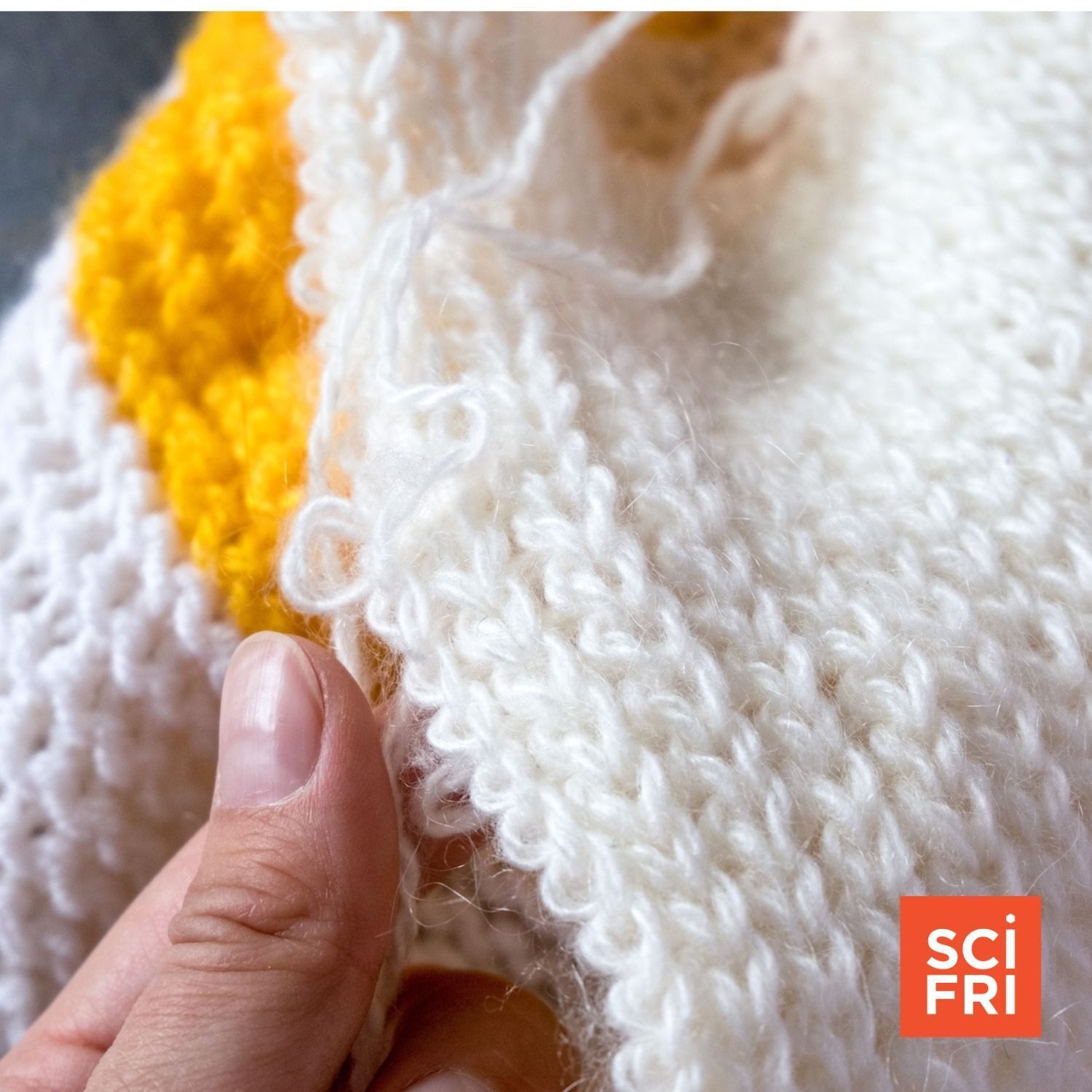
650: Moon Rock Research | Science of Unraveling Sweaters
 2023-11-22
2023-11-22
It’s hard to imagine, but the moon we all know and love hasn’t always been in the sky. Like all of us, the moon has an age. Until recently, our lunar neighbor has been estimated to be about 4 billion years old.
But new research on lunar crystals from the Apollo 17 mission has helped researchers pinpoint a more specific age for the moon—and it’s about 40 million years older than previously thought.
That difference may sound like a drop in the bucket given the time scales, but lead study author Dr. Jennika Greer says this is a big deal, because it tells us more about what the solar system was like in its earlier years. Greer, a postdoctoral researcher at the University of Glasgow in Scotland, joins guest host Flora Lichtman to talk about her methods and why the early universe was so fascinating.
The Science Behind Your Unraveling SweatersIt’s sweater season once again, but you may have noticed that some of your newer sweaters aren’t standing the test of time. Perhaps they are pilling, unraveling, or losing their shape. But if you look at sweaters from the ‘80s or ‘90s, they may still look brand new. Last month, an article by Amanda Mull in the Atlantic about declining sweater quality made the rounds online, and we wanted to know more.
What, scientifically, went wrong in sweaters? And why are sweaters so bad now?
Guest host Flora Lichtman unravels the science of sweaters with Dr. Imran Islam, knit expert and assistant professor at the Fashion Institute of Technology in New York City. They chat about the fibers that make up sweaters, what physics has to do with how long they last, and what to look for when purchasing knitwear.
To stay updated on all things science, sign up for Science Friday's newsletters. Transcripts for each segment will be available the week after the show airs on sciencefriday.com.
More Episodes
Create your
podcast in
minutes
- Full-featured podcast site
- Unlimited storage and bandwidth
- Comprehensive podcast stats
- Distribute to Apple Podcasts, Spotify, and more
- Make money with your podcast
It is Free
- Privacy Policy
- Cookie Policy
- Terms of Use
- Consent Preferences
- Copyright © 2015-2024 Podbean.com




